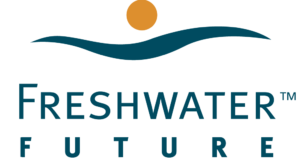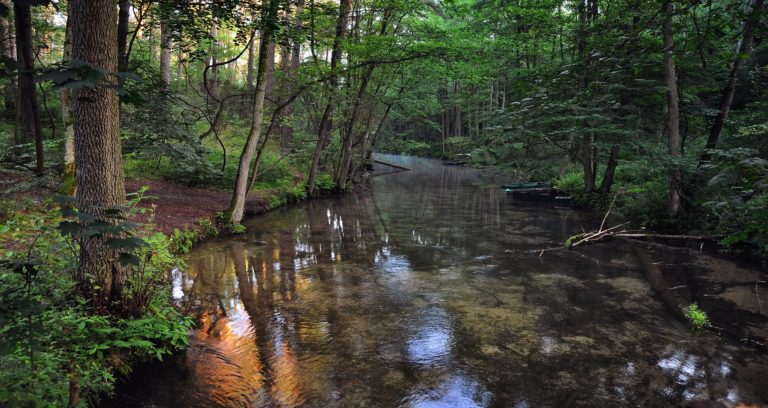Congratulations to the Nine Freshwater Heroes
Nine Freshwater Heroes were recognized this past Tuesday, as part of Freshwater Future’s celebration of World Water Day. The contributions and accomplishments of heroes, both individuals and organizations, are inspirational. If you missed the event, you can check out the recording here to hear their inspiring stories.
Six Days Left to Submit Grant Applications to Freshwater Future
The deadline for Freshwater Future’s Project Grants is fast approaching, less than one week away, Thursday, March 31. Currently, we have more dollars available to support this program, making it a great time to apply for funds to support advocacy efforts to protect or improve drinking water, rivers, lakes, wetlands, shorelines, and groundwater in the Great Lakes region. Visit our website grant portal to learn more or contact Laurie Breighner at laurie@freshwaterfuture.org, or 231-348-8200, ext 1.
Wisconsin Backpedals on PFAS Exposure While a Federal Bill Would Provide Health Care for Exposed Veterans
Economic costs won over public health concerns recently in Wisconsin. The Wisconsin Natural Resources Board voted to adopt a drinking water standard of 70 parts per trillion for combined PFOS and PFOA, going against the recommendation of 20 parts per trillion combined proposed by the Wisconsin Department of Health Services. Recent scientific studies have indicated that harmful health effects from this family of toxic chemicals may occur at much lower levels.
Although Wisconsin is allowing higher levels of exposure of its residents through drinking water, new national legislation introduced last week would ensure that veterans and their families exposed to toxic chemicals called PFAS at nearly 700 American military bases get the health care services and benefits they need through the U.S. Department of Veterans’ Affairs. Under this bill, illnesses associated with PFAS exposure will be eligible for disability payments and medical treatment from Veterans’ Affairs. Exposure to PFAS has been linked to diagnosed high cholesterol, thyroid disease, testicular cancer, kidney cancer, and other health issues.
Take Action: Maumee River Phosphorus Subject of Public Meetings Next Week
The Ohio EPA is hosting in person stakeholder meetings to provide updates on the Total Maximum Daily Load project for the Maumee River, including the release of the draft Preliminary Modeling Results. Three options to participate and learn about: 1) Preliminary Modeling Results Management Choices, 2) Source Assessment Update, and 3) Exploration of Implementation Options include
1. In person at Ohio Northern University in Ada, March 29th from 1:00 – 3:00 p.m. Please follow this link for additional details and to register: https://bit.ly/3I1i6uk
2. In person at Bowling Green State University in Bowling Green, March 29th from 6:00 – 8:00 p.m. Please follow this link for additional details and to register: https://bit.ly/3tMe7gj
3. Virtually during the evening presentation from March 29th from 6:00 – 8:00 p.m. Please note this virtual option is listen only. Attendees who wish to ask questions are advised to attend one of the in-person events. Audio quality of the webinar is not guaranteed and dependent on in-person acoustics and microphones. Please see the following link for registration: https://bit.ly/3vWROXZ
Take Action: Michigan Environmental Justice Mapping Tool Open for Public Comment
The draft Michigan Environmental Justice Mapping and Screening Tool was released and is open to public review and comments until May 16. According to the Michigan Department of Environment, Great Lakes, and Energy (EGLE) the purpose of the tool is to help EGLE and other state departments identify Michigan communities disproportionately impacted by environmental hazards. The tool will also be used to prioritize resources, identify areas for additional outreach, guide policy decisions, prioritize programs, and plan for the future. Informational Webinar and Screening Tool Demonstrations are being offered on March 29 at 1:00 pm and 6:00 pm. Stay tuned, Freshwater Future will share our comments and concerns about the tool in coming weeks.








